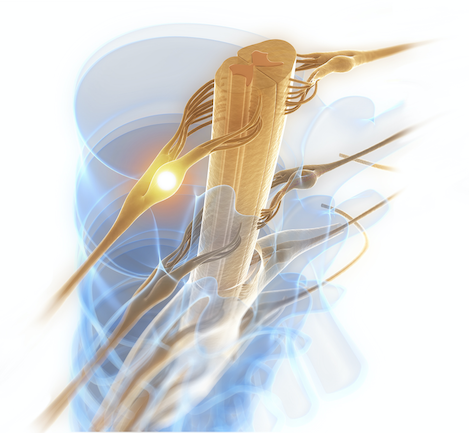DRG STIMULATION – Neuromodulation of the Dorsal Root Ganglion
Non-opioid therapy to manage chronic intractable pain & the only device FDA-approved for DRG Stimulation in the United States
Neuromodulation is the process by which nervous activity is regulated by way of controlling the physiological levels of several classes of neurotransmitters.
Technological advances have recently led to the development of a spinal cord stimulation system—that can specifically target the dorsal root ganglion (DRG) of the spinal level associated with the painful anatomic area—enabling treatment of chronic neuropathic pain.
PAIN MEETS ITS MATCH
Do you have Type I or II Complex Regional Pain Syndrome (CRPS)? Suffering from severe pain in your lower limbs that has not been alleviated by any other treatments? Did you try traditional Spinal Cord Stimulation (SCS) with no luck?
Nona Medical has the answer you’re looking for!
Nona Medical Arts Pain Management is partnered with Abbott, offering a revolutionary new procedure that is changing the way we approach treating CRPS and other chronic pain conditions. It’s called DRG Stimulation. DRG has already proven itself in DRG clinical trials, offering superior pain relief over traditional SCS. DRG has proven to provide lasting pain relief.


